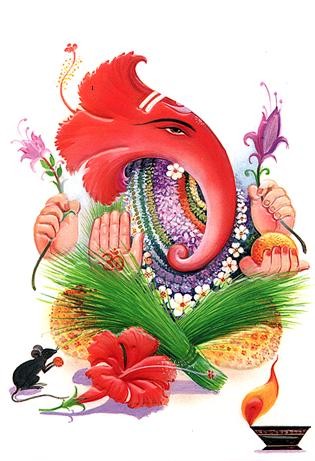Intricacies of Kuchipudi explained
RENOWNED KUCHIPUDI maestro Jayram Rao and his student Meenu Thakur presented an enthralling performance at Delhi Public School in Varanasi, under the aegis of Spic Maccay, on Thursday.
The movements in Kuchipudi are supple and scintillating rounded and flat-footed. The performance of maestro Jayram Rao and Meenu Thakur highlighted the beauty of style characterized by grace and virtuosity. In their duets marked by perfect synchronization and harmonious balance, they represented the vigour of Tandav and feminine charm of Lasya.
India boasts of innumerable classical dances, each dance a specialty of a particular region. Kuchipudi is a dance which it derives its name from a village Kuchipudi in the southern state of Andhra Pradesh.
Rao, who was trained at the సిద్ధేంద్ర కళ క్షేత్రం (Sidhendra Kala Kshetram) since his childhood, was invited to Delhi in 1969 to teach Kuchipudi to young aspirants. He has an impressive list of students like Swapna Sundari, Meenakshi Sheshadri and Vanashree.
The programme started with a brief introduction of different dance forms and their origin along with the demonstration of the basic steps of Kuchipudi.
Thereafter they presented గజేంద్ర మోక్షం (Gajendra Moksham), a duet presentation from the Mahabharata. The next presentation was a wonderful display of synchronization in “Adi Taal’ based on “Raag Hindol’. The master explained in detail the meaning of the different “mudras’ and the philosophy behind them.
Meenu Thakur gave a brilliant performance in శబ్దం (Shabdam) where the ‘Gopis’ welcomed ‘Krishna’ by offering him sandalwood garlands and betel leaves and danced in gay abandon. The last performance తరంగం (Tarangam) signifying waves held the children spellbound as they watched the duo go through intricate dance movements on ‘steel thalis’. The programme concluded with some brilliant questions put up by the students, followed by a vote of thanks.Courtesy: Hindustan Times



2 Comments:
kobe shoes
kobe 11
air yeezy
adidas tubular
adidas nmd r1
supreme clothing
crazy explosive
nike hyperdunk 2017
kobe shoes
nike roshe
kobe byrant shoes
nike air max 270
moncler
adidas tubular
off white hoodie
supreme new york
yeezy
converse outlet
goyard
off white clothing
Post a Comment
<< Home